Carts
Several carts are available for use by experimenters for the purposes of moving equipment to and from the target room or to position support electronics adjacent to the test apparatus on the beam line. The carts all vary slightly in dimension, but most have approximately 33 inches (84 cm) long by 21 inches (53 cm) wide top surfaces that sit approximately 36 inches (91 cm) above the floor.
The most common type of cart at NSRL is the Lakeside model 543 (NSF variation of the model 743) stainless steel utility cart. They have a 700 pound (320 kg) maximum capacity provided that the weight is spread evenly across both shelves. A photograph of this cart is shown below.
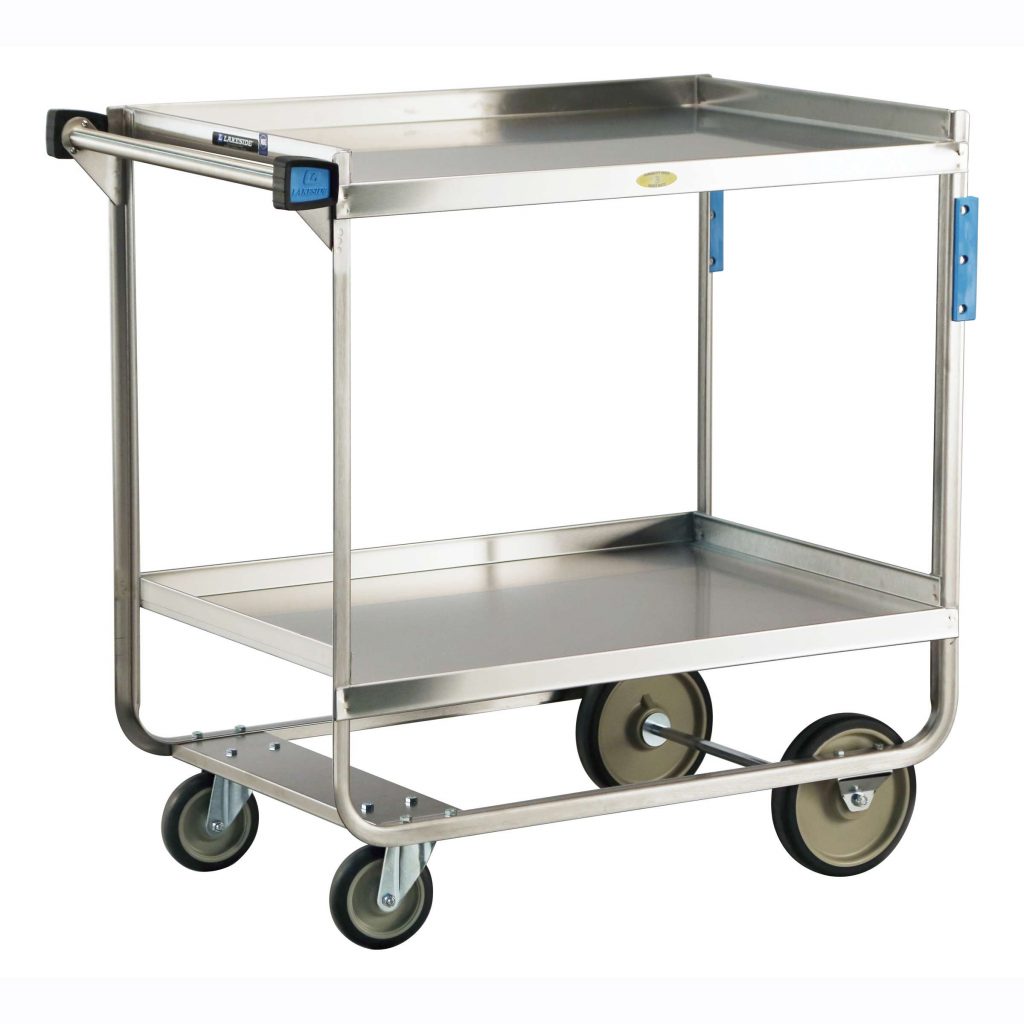
Compressed Air Cooling
Experimenters may make use of the NSRL target room’s compressed air supply as a way to cool test articles in the beam. Compressed air is available near the upstream test area regulated to approximately 60 PSI (0.4 MPa) and delivered though a hose with stainless steel Dixon 2DM3-S quick disconnect fittings.
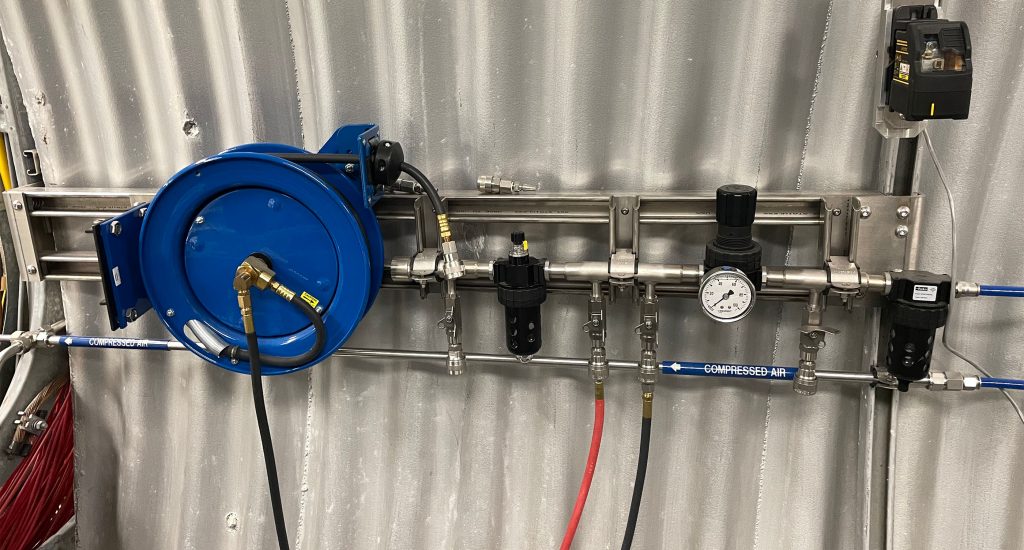
There are several fitting adapters available for use by experimenters who have equipment that is not compatible. A subset of the assortment is pictured below.
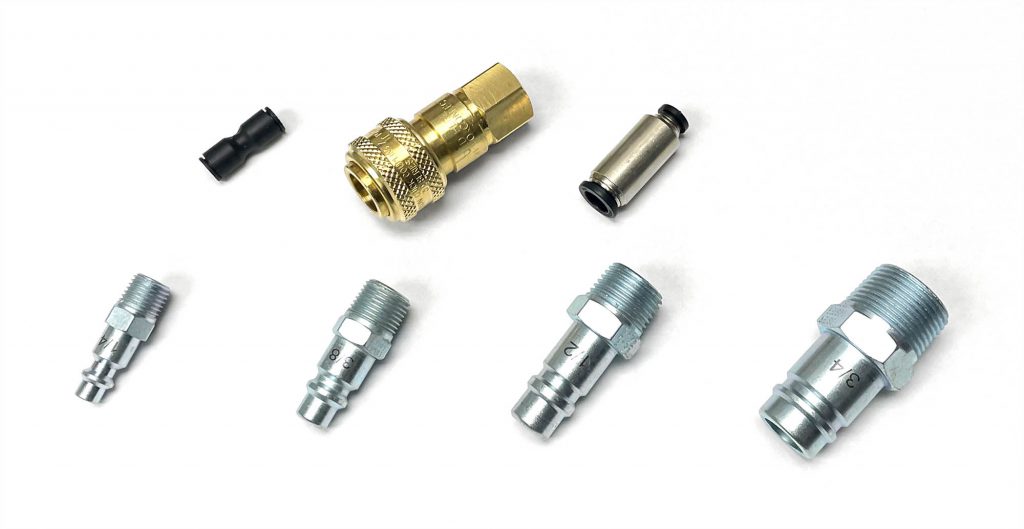
A simple attachment has been fabricated which has been able to fulfill most experimenter’s needs. It connects to the quick-disconnect fittings and provides a small length of flexible hose, a valve which can be manipulated to adjust air flow rate, and a pen-shaped plastic end piece with a ~1mm diameter aperture. This pen can be mounted anywhere and pointed at the part that needs cooling.
Heat Guns
There are several heat guns available for use by experimenters at NSRL, one of which has surface temperature feedback capability. The “Master ProHeat STC” (pictured below) contains an IR surface temperature sensor and a pair of targeting laser pointers. If the feedback mode is enabled, the heat gun can be aimed at any surface after which it will cycle on and off to maintain the temperature of that surface to a desired setpoint within 10°C. The fan speed can be adjusted independently of the temperature setting, which can allow for finer tuning of the duty cycle. The heat gun can also be operated manually just as one would any other heat gun.
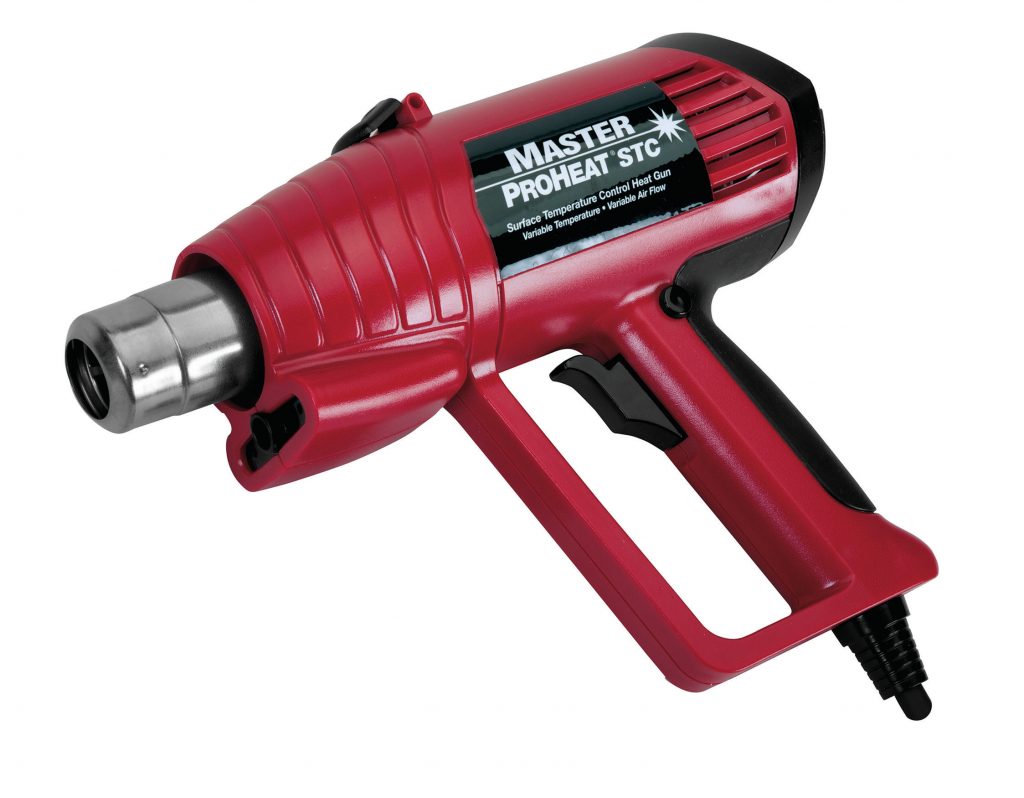
There are many ways one can hold a heat gun, but the most common is to use flask clamps.
Borated Polyethylene
Experimenters may make use of borated polyethylene slabs for the purposes of shielding their support equipment from thermal neutrons.
These 1 inch (2.5 cm) thick high density polyethylene slabs contain approximately 5% natural boron by weight. The are differentiated from regular polyethylene by their green coloration.
The use of borated polyethylene sheets is generally only recommended if support equipment is especially sensitive to thermal neutrons, as they are not often a problem for most electronics, and tend to diffuse around all but the most tightly enclosed shielding arrangements.
The slabs, pictured below, are available in many sizes.
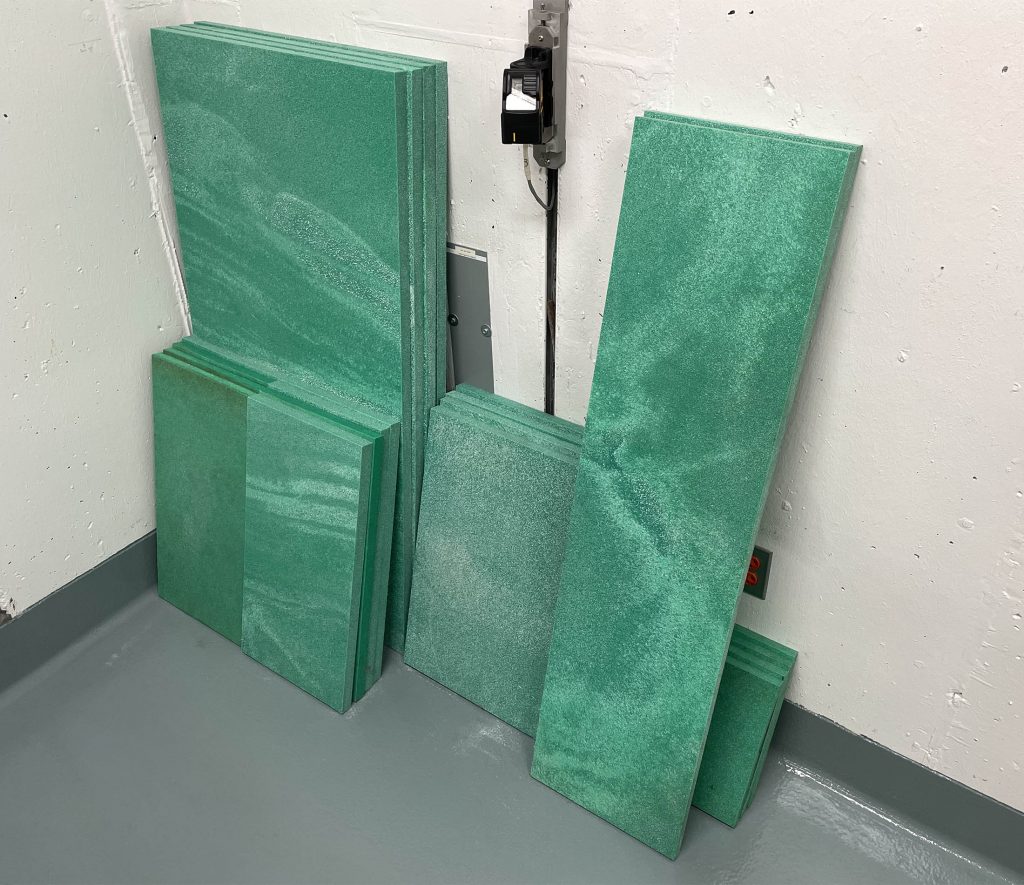
This page was last modified:




